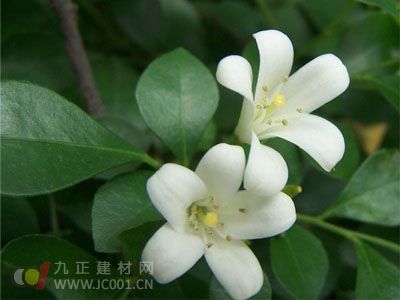Jiulixiang breeding method
Jiulixiang Breeding Method:
1. The seeds are collected from fully ripe, bright red fruits. They are boiled in clean water to remove the peel, impurities, and any floating particles. After drying, they are ready for planting. Jiulixiang can be sown in spring or autumn. Spring sowing is typically done between March and April, with May also being a suitable time. When the temperature ranges between 16-22°C, germination usually occurs within 25 to 35 days after sowing. Autumn sowing is best from early September to October.
Before planting, select a well-fertilized and well-watered plot for the nursery. Prepare the soil by deep plowing, breaking up clods, and leveling it. The seedbed should be about 1 to 1.2 meters wide. Both broadcasting and row sowing methods can be used. The rows should be spaced 30 cm apart. Mix the seeds with fine sand and spread them evenly on the seedbed. Cover the seeds with a layer of soil about 1.2 cm thick, then cover with grass and water thoroughly. Once the seedlings emerge, remove the grass promptly. When the seedlings have 2 to 3 true leaves, thin them out to a spacing of 10-15 cm. Combine this with weeding and apply organic fertilizer. The seedlings should reach a height of 15-20 cm before transplanting.

2. For cutting propagation, the best time is during spring or the rainy season, from July to August. Select branches that are over one year old, medium mature, and have a gray-green skin. Avoid using tender shoots from the current year. Cut the branches into sections about 10 to 15 cm long, ensuring each cutting has 4 to 5 nodes. Make a flat cut and insert the cutting at an angle into the seedbed. The seedbed can be covered with a layer of clean river sand. Plant the cuttings with a spacing of 12 cm between rows and 9 cm between plants. Keep the soil moist. Seedlings planted in spring can be transplanted the same year, while those planted in autumn will be ready for transplanting the following spring.
3. Layering is commonly performed during the rainy season. A portion of semi-mature branches is buried in the soil through techniques like ring-barking or cutting, allowing roots to develop. Once rooted, the new plant can be separated and planted in late autumn or the following spring.
(Word count: 517)Self-operated Pressure Control Valve
Nitrogen Control Nitrogen Release Valve, Micro Pressure Fluid Control Valve, Industrial Nitrogen Relief Valve,Nitrogen Control Relief Valve
Jiangsu Tanggong Automatic Control Equipment Co., Ltd. , https://www.tgcontrolequipment.com